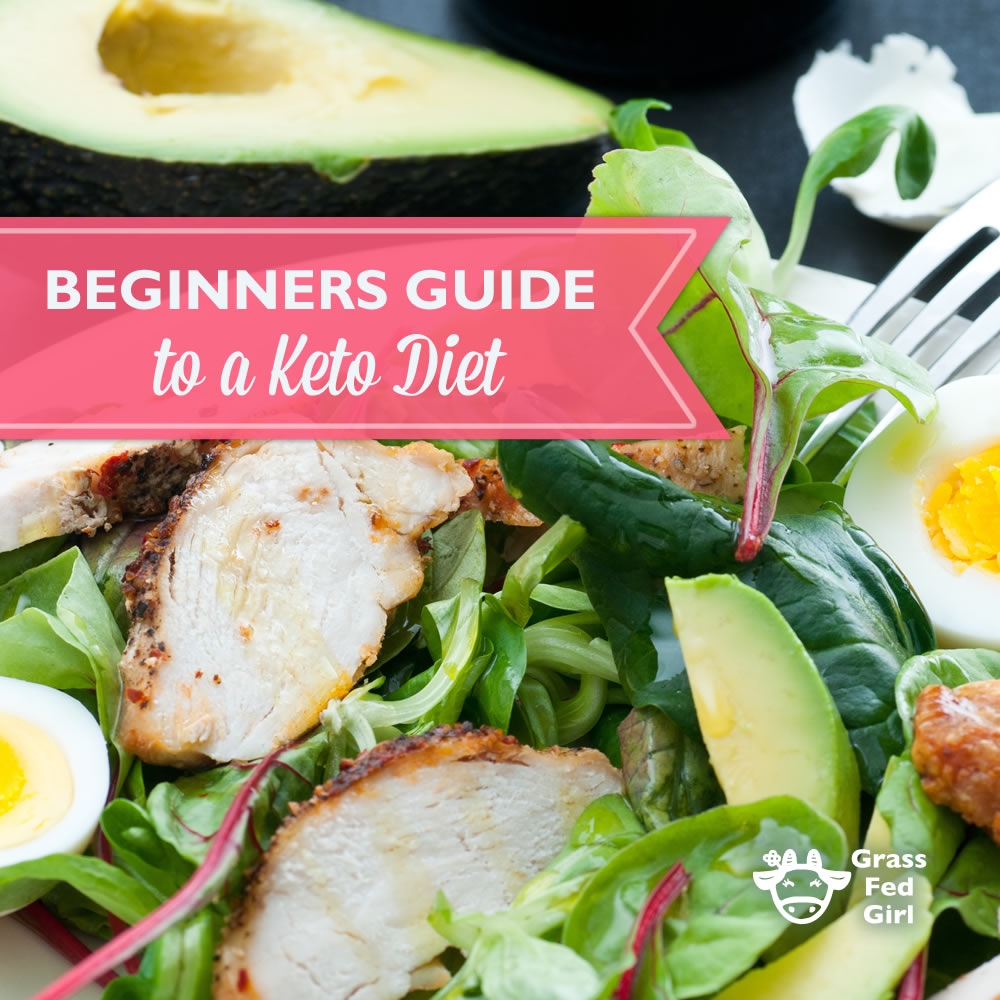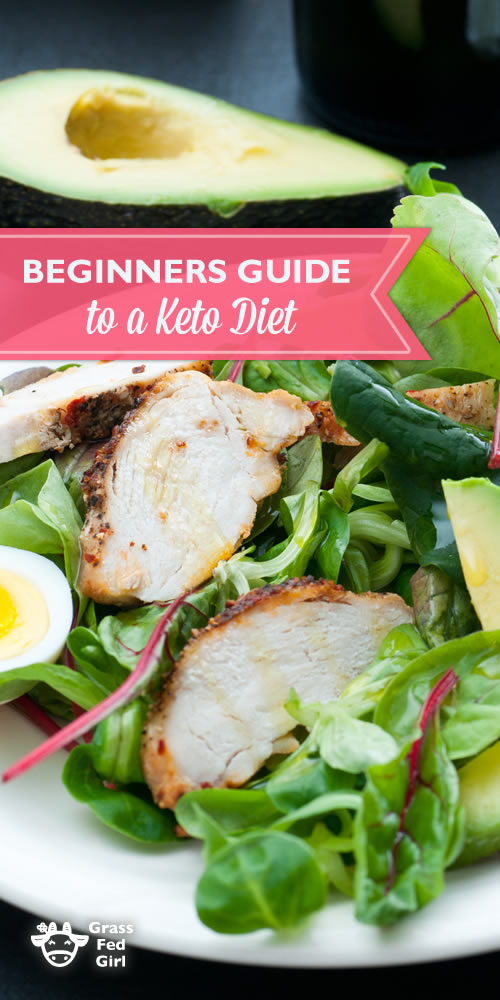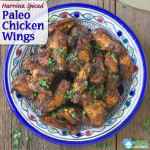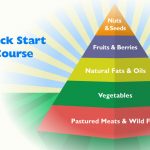
A Quick Guide to Going on a Ketogenic Diet
You’ve gone Paleo and done everything right, but because you’re still a long way from your target weight, you can’t help but wonder if you’re missing a piece of the puzzle.
For many of those who’ve shared your struggle, the answer lay in ketosis and taking on a ketogenic diet.
A ketogenic diet is a low-carb eating plan that pushes your body into a metabolic state called ketosis. During ketosis, your fat stores are broken down to produce ketones and fuel the brain and body. So essentially, your own fats are being burned as an energy source.
But this diet is not just about restricting your carbs (and protein) intake to reach ketosis. To properly maintain a ketogenic diet, you also need to add fats to your meals. That’s right, fats—the healthy, high-quality kinds. It may sound odd at first but you’ll basically be eating more fat to lose fat.
How does all this come together? Why is it worth trying? And how can you make it work for you? Let’s take a look.
Glucose vs. fats
With the standard American diet (SAD), your body relies on glucose for fuel. But with a ketogenic diet, fats become the primary energy source.
Why the need for a glucose alternative? Glucose is normally produced when you eat high-carb foods. Because glucose is the easiest molecule to process, your body is inclined to use this first as an energy source.
The problem is, when this happens, your fats are not utilized. Instead, they are stored right away, making it harder for you to lose weight.
But when you consume more fats and limit your carbs under a ketogenic diet, your body adapts. Glucose is sidelined and fats become the first choice as fuel for your body. You’ll then be burning off more fats—while storing less.
Benefits
A ketogenic diet not only helps you lose fat, it can also do wonders for your health. Here’s what you can look forward to.
- As your body learns to become more efficient at burning fat as energy, you’ll be able to shed off those extra pounds.
- You’ll find it easier to control or maintain your blood sugar levels since fat is a stable energy source.
- A ketogenic diet can lead to lower cholesterol levels, reducing the risk of arterial build-up and heart disease.
- Fats are a more effective and reliable source of fuel. So once your body becomes adapted to ketosis, expect your energy levels to rise.
- Adding healthy fats to your meals will make you feel full longer, which in turn helps curb hunger pangs and suppress cravings.
What to eat
A ketogenic diet can be incredibly rewarding, if you can get—and stay—on track. Overall, your meals should have a high amount of fat, moderate protein and limited carbs. Calorie-wise, fats should account for 60 to 70 percent of your daily calorie intake and protein 20 to 30 percent.
- Cutting carbs
To get into ketosis, you first need to cut your carb intake to 30 to 50 grams per day. If you want to speed things up, aim for less than 20g daily. The lower you take your carbohydrate levels, the better the results.
The best kind of carbs in a ketogenic diet? Low-carb vegetables such as bok choi, broccoli, cabbage, cauliflower, collard greens, green beans, kale, lettuce and spinach, with the dark green and leafy ones topping the list. Nuts and dairy products are good too in small portions, but steer clear of beans, bread, cereals, legumes, pasta, potatoes and other sources of refined carbs.
A salad’s always a safe bet, although you can also cook your veggies in butter, coconut milk or heavy cream.
- Eating less protein
You also need to watch your protein intake. Why? If you have too much protein, this turns to sugar. Sugar drives up your glucose levels, making it harder for your body to enter ketosis.
So avoid lean meats; instead opt for cuts with more fat. And stick with higher-fat proteins like beef short ribs, cooked bacon, ground lamb, salami, BBQ pork, liver pâté, smoked salmon, sardines in olive oil, cheese (e.g., unprocessed cheddar, brie), sour cream and eggs. You can get high quality fatty meats HERE.
- Loading up on fats
Because of the carb and protein restrictions, you need to increase your fat intake. Don’t be afraid of fats—the right kinds can be great allies in a ketogenic diet.
Besides butter, cream and cheese, go for some olive oil and olives, pesto, béarnaise, hollandaise and chimichurri, a cilantro-based sauce. Avocados and coconuts are excellent sources of fat too, as well as dark chocolate. You could also try making your own mayonnaise with avocado oil and salad dressings.
Note that getting into ketosis takes some time—about two or three weeks. To determine if you’re already in the “keto zone,” you can use urine testing sticks or, for more accurate readings, a ketone blood meter.
Of course, it’s best to consult your physician or health practitioner before you take on this diet. Once you’re good to go, don’t hesitate to give it a shot. A ketogenic diet fits well with the Paleo lifestyle and could be the missing piece of the puzzle—the answer to your weight-loss struggles.
Are you wanting to get started on a ketogenic diet? I highly recommend this guide.
Be sure to pin it:






I wish I could go keto. The closest I can come is a Whole 30. That one month is hard enough…much less maintaining it! *sigh*